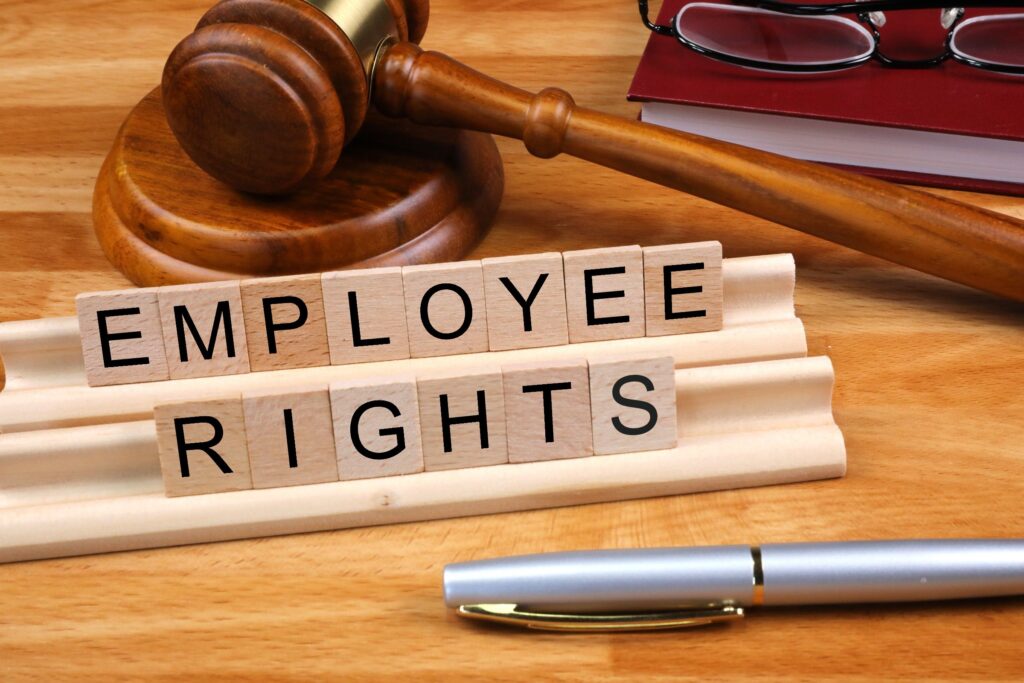Credit cards make our lives easier — they help us shop online, travel without cash, and build a good credit history. But they also open the door to potential fraud if we’re not careful. In 2025, as technology evolves, so do the tactics of cybercriminals.
If you’ve ever worried about your credit card details falling into the wrong hands, you’re not alone. The good news? A few smart habits can drastically reduce your risk.
Let’s break down how you can protect yourself from credit card fraud this year — and sleep a little easier knowing your money and identity are safe.
Why Credit Card Fraud Is Still Growing
Despite advanced security features like EMV chips and two-factor authentication, credit card fraud remains a major threat in 2025.
Fraudsters are getting more sophisticated. Phishing emails look almost real, data breaches still occur, and digital skimming devices are more discreet than ever. The rise of contactless payments and mobile wallets adds convenience — but it also gives criminals more ways to exploit your information if you don’t stay vigilant.
Understanding the common types of fraud is the first step to protecting yourself.
Common Types of Credit Card Fraud to Watch For
Fraud can take many forms. Here are the most common ones you should know about in 2025:
1. Card-Not-Present (CNP) Fraud
This happens when a thief uses your card details online or over the phone without needing the physical card. CNP fraud has become the most common form of credit card fraud because so many of us shop online.
2. Skimming and Shimming
Skimmers are tiny devices placed on ATMs or gas station pumps that copy your card’s magnetic stripe data. Shimmers do the same for EMV chip cards. These devices are hard to spot but can steal your card info in seconds.
3. Phishing Scams
Fraudsters send fake emails, text messages, or phone calls pretending to be your bank or credit card issuer. They trick you into giving up your card details, PIN, or passwords.
4. Account Takeover
If a hacker gets enough of your personal information, they can call your bank pretending to be you and change your account details — locking you out and using your credit as they please.
5. Data Breaches
Major retailers, online stores, or even your favorite apps can be hacked. If your card info is stored there, it might end up for sale on the dark web.
Knowing these risks helps you stay alert. But knowledge alone isn’t enough — you need practical steps.
10 Smart Ways to Protect Yourself from Credit Card Fraud
1. Use Strong, Unique Passwords
Weak or reused passwords are an open door for fraudsters. Use complex, unique passwords for every account linked to your credit card.
Add two-factor authentication (2FA) wherever possible — it’s an extra barrier for hackers.
2. Monitor Your Accounts Regularly
One of the simplest ways to spot fraud early is to check your statements weekly. Set up alerts for all transactions so you know instantly if something suspicious pops up.
3. Shop on Secure Websites Only
When shopping online, always look for “https://” in the URL and a padlock icon. Avoid entering your card details on unfamiliar or unsecured websites.
Using trusted payment gateways like PayPal or Apple Pay can add an extra layer of protection.
4. Avoid Public Wi-Fi for Financial Transactions
Free Wi-Fi is convenient but not secure. Hackers can easily intercept your data on public networks.
If you must use public Wi-Fi, use a reliable VPN to encrypt your connection — or wait until you’re on a secure network.
5. Enable Contactless Payments with Caution
Contactless cards and mobile wallets are secure — but only if you use them wisely. Keep your phone’s software updated, enable biometric locks, and never store card details in unsecured apps.
6. Be Careful at ATMs and Gas Stations
Before inserting your card, check the card reader for loose parts or unusual attachments — signs of skimmers or shimmers.
Cover the keypad when you enter your PIN. If something feels off, choose another machine.
7. Shred Old Statements and Documents
Physical fraud is still real. Shred any paper statements or documents with your card number before throwing them away.
Opt for paperless statements when possible to reduce the paper trail.
8. Report Lost or Stolen Cards Immediately
If you lose your credit card — or even suspect it’s been stolen — contact your bank right away. The faster you act, the less damage fraudsters can do.
9. Freeze Your Credit When Necessary
In the event of a data breach, consider freezing your credit. This prevents anyone from opening new accounts in your name. It’s free in many Tier-1 countries and easy to unfreeze when you need it.
10. Stay Educated and Alert
Fraudsters’ tactics change all the time. Keep up with your bank’s fraud alerts, read up on the latest scams, and talk to friends or family about how to stay safe.
What to Do If You Suspect Credit Card Fraud
Sometimes, despite your best efforts, fraud happens. Stay calm and take these steps immediately:
- Contact your credit card issuer. Report the fraud and have the card canceled or frozen.
- Check recent transactions. Look for unauthorized charges and report them.
- Change your passwords. Especially if you think your online accounts were compromised.
- Place a fraud alert. Notify the credit bureaus to flag your accounts for suspicious activity.
- File a police report if needed. Especially for significant amounts or identity theft.
Most credit card companies offer zero-liability policies, meaning you won’t be held responsible for fraudulent charges if you report them promptly.
Extra Tools to Help You Stay Safe
In 2025, you have more tools than ever to guard against fraud:
Virtual Credit Cards: Many issuers now offer disposable card numbers for online purchases. They work like your real card but can be used only once.
Mobile Wallets: Apple Pay, Google Pay, and similar services tokenize your card details, making it harder for fraudsters to steal your actual number.
Credit Monitoring Services: These services alert you to unusual activity on your credit report — some banks even offer this for free.
Why Protecting Yourself Matters More Than Ever
In Tier-1 countries, credit cards remain a primary target for fraudsters because of how widely they’re used.
A single breach can lead to financial loss, credit score damage, and hours spent fixing your accounts. Worse, identity theft can take months — or even years — to fully recover from.
That’s why being proactive is key. By forming good habits and staying alert, you make it much harder for scammers to succeed.
Final Thoughts: Stay One Step Ahead of Fraudsters
Credit card fraud isn’t going away — but neither is your ability to fight back. The technology that criminals use is evolving, but so are the tools and tips you have to protect yourself.
Keep your devices secure, monitor your accounts, and never let your guard down when sharing your card information. Remember: It’s always better to be cautious than to become the next victim.
Take action today — review your accounts, update your passwords, and share these tips with friends and family. Together, we can all make 2025 the year we take our financial security seriously.






